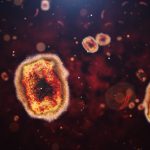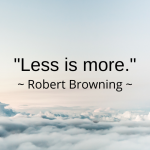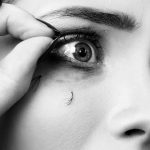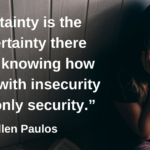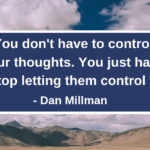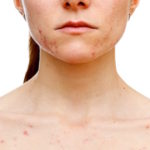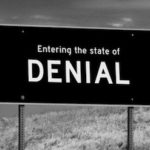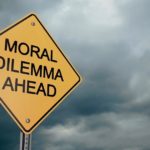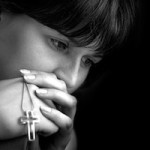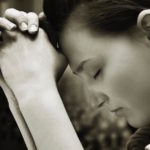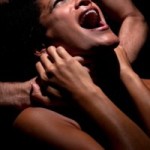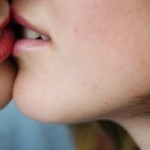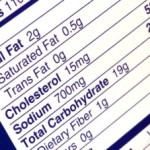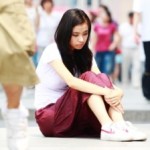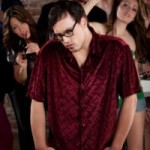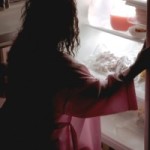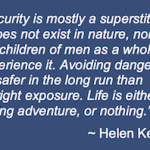Just in time for Thanksgiving, the Los Angeles Times weekly health section ran an issue this week dedicated to binge eating, also known as compulsive overeating. This special issue had four articles on binge eating, with a strong focus on the question of whether or not this problem should be formally identified as a psychological condition in the Diagnostic and Statistical Manual of Mental Disorders, also known as the DSM.
A related question is whether or not binge eating is a type of Obsessive Compulsive Disorder (OCD). We often receive inquiries from potential new clients who report binge eating. These individuals are usually seeking treatment with the belief that their problem is OCD, and that it can be treated as such. Unfortunately, this reflects a basic misunderstanding of what exactly OCD is and is not.
The distinction between compulsive overeating and OCD can be difficult to grasp. After all, both conditions involve obsessive thinking and compulsive behavior. However, further discussion of how individuals with each condition experience their obsessions, as well as the motivation for their compulsions, help to bring the differences to light.
The primary distinguishing characteristic of OCD is the presence of specific, repetitive, unwanted, anxiety-producing thoughts (obsessions), and repeated, unnecessary behaviors (compulsions). These compulsions are performed with the sole agenda of directly reducing and/or eliminating those specific thoughts and the anxiety they induce.
While binge eating clearly has obsessive and compulsive characteristics, those with this condition do not eat in order to directly reduce or eliminate anxiety caused by a specific thought. They do not compulsively eat with the sole idea “if I eat, I will no longer be anxious about a specific thought”. Binge eaters cited in the Los Angeles Times article describe food as a “companion” or a “drug”, and report “cravings” for food that they hope will “fill the emptiness” they experience. In other words, they report some positive aspects to their binge eating, especially in terms pleasure, immediate gratification, and mood alteration.
In fifteen years of treating OCD, I have never once heard a client say that they have a “craving” to do a compulsion, or that compulsions “fill the emptiness” they feel. And none have described their compulsions as anything like a “companion”. People with OCD do their compulsive behaviors because they are overwhelmed with anxiety, and do them with the sole goal of reducing or eliminating that anxiety. Furthermore, they often do them over and over and over again with no break, often for hours. They do this because their brains are, in that moment, incapable of accepting that the behavior has been satisfactorily completed.
I want to reiterate that binge eating clearly has obsessive and compulsive components. It is a complex condition that requires serious consideration by the mental health community. However, the fact that people with this condition get some pleasure from their food consumption is completely at odds with the experience of those with OCD.
Furthermore, the primary treatment for OCD (a specific type of Cognitive Behavioral Therapy called “Exposure and Response Prevention”, or ERP) would be unlikely to help a binge eater. The process of ERP involves purposeful exposure to the feared object or situation (i.e., germs, an unwanted thought, etc.). Asking a binge eater to purposely be around lots of food, which produces desire and “cravings”, is akin to asking a struggling alcoholic or addict to purposely be around alcohol or drugs. That’s playing with fire, and sounds nothing like asking someone with OCD to purposely be around germs or unwanted thoughts, which produce feelings of overwhelming anxiety.
•Tom Corboy, MFT, is the director of the OCD Center of Los Angeles, a private, outpatient clinic specializing in Cognitive-Behavioral Therapy (CBT) for the treatment of Obsessive-Compulsive Disorder (OCD) and related conditions. In addition to individual therapy, the center offers six weekly therapy groups, as well as online therapy, telephone therapy, and intensive outpatient treatment. To contact the OCD Center of Los Angeles, click here.





